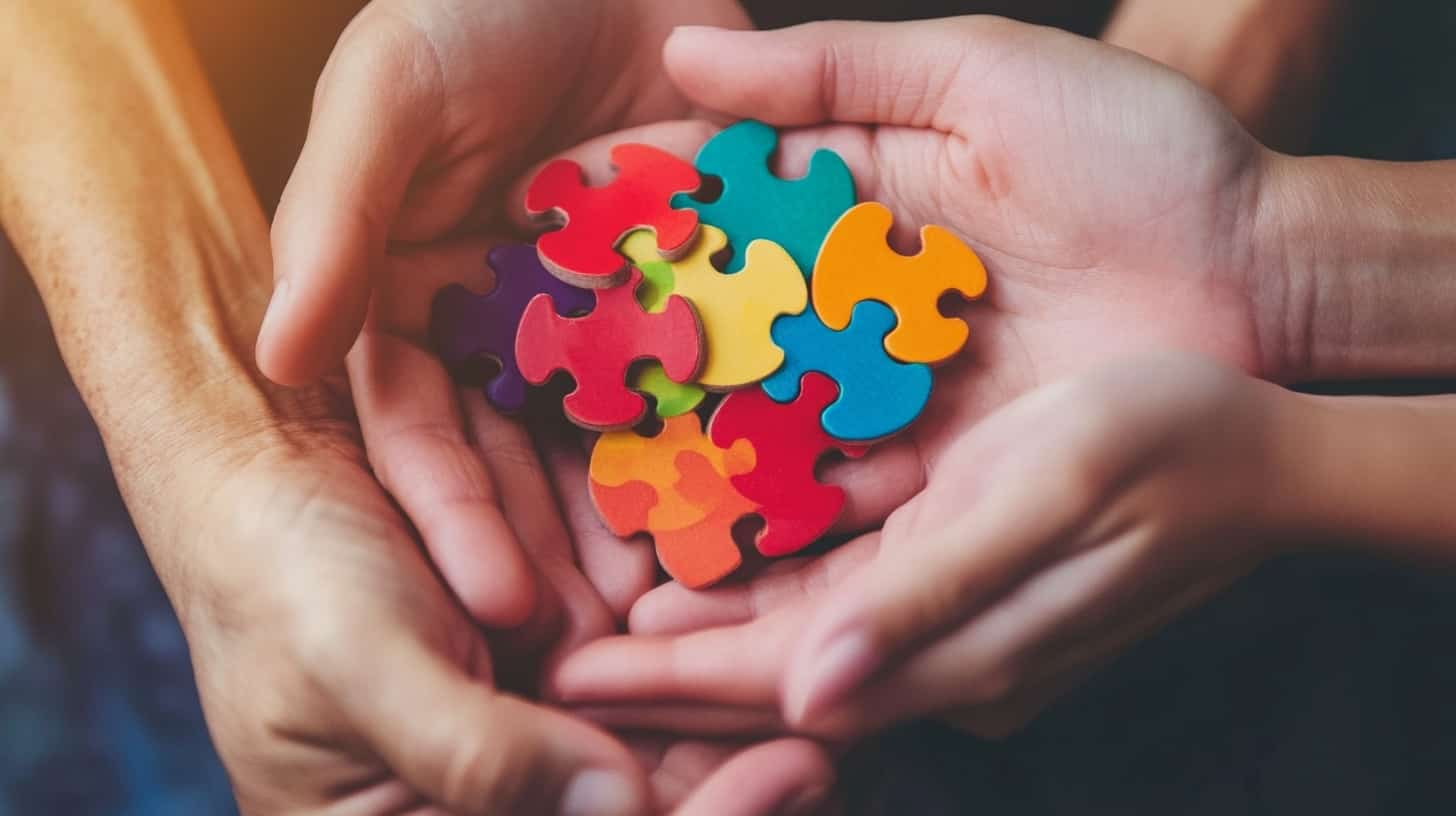Published on Anneler Online – https://anneleronline.com/
By Audrey Smith, Health Expert
In today’s evolving family landscape, many households are witnessing multiple generations coming together to share caregiving responsibilities. This intergenerational approach not only enriches the caregiving experience but also brings unique challenges, as families strive to balance the differing needs of both the young and the elderly. To delve deeper into these dynamics, I had the pleasure of speaking with Albert Dashwood from Caregiver Support Network—a respected voice in caregiver support and advocacy. Albert emphasized the importance of communication and collaboration among family members when supporting a loved one with dementia. He noted that understanding each generation’s perspective can foster a more cohesive caregiving team, ultimately leading to a better quality of care. Additionally, he highlighted various resources available for families navigating these challenges, ensuring that caregivers do not feel isolated in their journey.

Audrey Smith (Anneler Online):
Albert, thank you for joining me today. Could you start by sharing a bit about your background and your role at Caregiver Support Network?
Albert Dashwood:
Thank you, Audrey. I’m delighted to be here. I’ve been involved with Caregiver Support Network for over a decade, primarily focusing on family-centered caregiving initiatives. My role involves working with families to provide practical resources, expert advice, and support networks that address the diverse challenges they face, especially in households where caregiving is a shared responsibility across generations.
Audrey Smith:
Intergenerational caregiving is becoming more common. From your experience, what are the unique benefits of having multiple generations involved in caregiving?
Albert Dashwood:
There are numerous benefits. When multiple generations collaborate, there’s an inherent exchange of skills, wisdom, and emotional support. Younger family members often bring energy, technological savvy, and a fresh perspective, which can help streamline caregiving tasks. Meanwhile, older generations contribute invaluable life experience, empathy, and a deeper understanding of family history and values. This blend not only enhances the quality of care but also strengthens familial bonds, creating a more resilient support system that benefits everyone involved.
Audrey Smith:
That’s fascinating. However, with these benefits come challenges. What are some of the common issues families face when different generations share caregiving roles?
Albert Dashwood:
Absolutely, Audrey. One of the primary challenges is communication. Different generations often have varying communication styles and expectations. For instance, younger caregivers might prefer digital communication and quick updates, while older generations may lean towards in-person conversations or phone calls. Another challenge is balancing responsibilities. With work, school, and personal commitments on one side and caregiving duties on the other, conflicts can easily arise. There’s also the emotional dynamic—each generation might cope with stress and grief differently, which can sometimes lead to misunderstandings or feelings of isolation if not addressed proactively.
Audrey Smith:
Given these challenges, what strategies would you recommend for families to ensure effective communication and a balanced distribution of caregiving tasks?
Albert Dashwood:
The key lies in establishing open lines of communication early on. Families can benefit from regular meetings where every member has the opportunity to voice their concerns, suggestions, and limitations. Creating a structured schedule or care plan that clearly outlines roles and responsibilities can also reduce potential conflicts. Additionally, it’s helpful to leverage technology—for example, shared calendars or caregiving apps—to coordinate tasks and keep everyone informed. Importantly, families should also consider professional mediation or counseling when needed to navigate more complex emotional or logistical issues.
Audrey Smith:
You mentioned leveraging technology. Could you provide an example of how digital tools can aid intergenerational caregiving?
Albert Dashwood:
Certainly. One effective tool is a shared digital calendar, which helps track appointments, medication schedules, and caregiving shifts. Many families use caregiving apps that allow for real-time updates, messaging, and reminders. For example, an app might notify a caregiver when it’s time to take medication or when a doctor’s appointment is coming up. These tools help bridge the communication gap between tech-savvy younger members and older members who might need a little extra help navigating new technology. It creates a cohesive system where everyone stays informed and connected.
Audrey Smith:
Intergenerational caregiving also involves managing different expectations and cultural values. How do families navigate these differences effectively?
Albert Dashwood:
Navigating cultural and generational differences requires empathy and a willingness to understand each other’s perspectives. One practical approach is to dedicate time to discuss family values and caregiving philosophies. This might involve sharing stories from previous generations or even creating a family mission statement for caregiving. It’s also important for each member to recognize that differences in approach are not inherently negative; they can be complementary. For example, a more traditional approach might emphasize patience and ritual, while a modern approach might focus on efficiency and innovation. When families appreciate these differing viewpoints, they can blend them to create a caregiving plan that honors the past while embracing the future.
Audrey Smith:
Could you share a success story or a case study where intergenerational caregiving made a significant positive impact on a family?
Albert Dashwood:
I recall a family where both the grandparents and the adult children were actively involved in caring for an aging parent. Initially, there was tension regarding the division of tasks, with each generation feeling their contributions were undervalued. However, through structured family meetings and the introduction of a shared care calendar, they were able to realign their responsibilities. The younger members took charge of technology-based tasks, such as managing appointments and setting up telehealth consultations, while the older family members focused on hands-on care and emotional support. Over time, this balanced approach not only improved the quality of care but also deepened their familial bonds. The aging parent, in particular, expressed immense gratitude for the collective love and care, and the family learned the true meaning of teamwork across generations.
Audrey Smith:
That’s a wonderful example of how challenges can be transformed into strengths. What advice would you give to families just beginning to navigate intergenerational caregiving?
Albert Dashwood:
My advice would be to start with honest and open dialogue. It’s crucial to set realistic expectations and understand that each member of the family has unique strengths and limitations. Begin by mapping out each person’s availability, skills, and emotional needs. Don’t hesitate to seek external resources—be it professional advice, caregiving apps, or support groups—that can provide guidance and structure. Remember, the goal is not just to share the caregiving load, but to foster an environment of mutual respect and support, where every generation feels valued and heard.
Audrey Smith:
Looking ahead, how do you see the future of intergenerational caregiving evolving, especially as societal norms and family structures continue to change?
Albert Dashwood:
I’m optimistic about the future. As families become more diverse and technology continues to bridge generational divides, we’ll likely see more integrated caregiving models that leverage the strengths of all ages. Social norms are shifting towards a more inclusive understanding of caregiving, where the contributions of both the young and the old are celebrated. I also anticipate that policy-makers will start recognizing the importance of intergenerational caregiving, potentially leading to more support systems and resources tailored to these families. Ultimately, the future of caregiving will be one of collaboration, where innovation and tradition go hand in hand to provide comprehensive, compassionate care.
Audrey Smith:
Thank you, Albert, for sharing your insights and experiences. Your work at Caregiver Support Network is truly making a difference in how families approach the complex dynamics of caregiving.
Albert Dashwood:
Thank you, Audrey. It’s been a pleasure discussing these important issues. I hope our conversation today inspires families to embrace the strengths of every generation and to work together in creating a nurturing, supportive caregiving environment.
For more stories and expert insights on intergenerational caregiving and family health, visit Anneler Online at https://anneleronline.com/.









